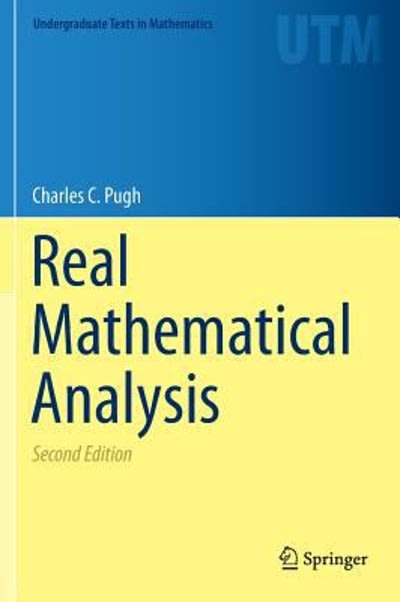
Consider Mary's experimentregardingwhether learning of 6th graders on a math lesson is affectedby backgroundnoise level. Mary has collectedher data. What is the null hypothesis for her study? What is the alternativehypothesisfor her study? What are the assumptionsthat must be met about her data before she can correctlyuse an independentt-test to test the hypotheses Why? How would she see if her data met these assumptions How much room does she have to violate any of these assumptionsand still get accurateresults from the t-test? Explain and supportyour answers In any given experiment the null hypothesis(HO) representsa position that no particular relationshipmay exist between certain populationsand/or phenomena In simple terms the null hypothesisis the basic assumptionthat had any changes in Mary's independentvariables(IV) had indeed occurredit would have had no direct effect on the dependentvariable(DV). Contrary is the alternativehypothesis(H1) which states that any change that may occur in the IV has a direct effect on the outcome of the DV. Concerning Mary's 6th grade math lesson affected by backgroundnoise level, those students affected would meet the criteria of the null hypothesis most likely and those few students unaffectedby noise levels would be designatedas the alternativehypothesisfor her study. Before Mary can utilize an independent-test regardingthe testing of the hypothesis certain assumptionsmust be satisfied such as the scales of measurement whetheron a continuousor ordinal scale. In additionany data that has been collectedmust representto be proportionateto the total populationit was acquiredfrom. Next when the data is plotted, the results displayedmust be in a normal distributionsuch as in a bell- shaped curve. It is importantto note that a level of probabilityas in alpha level, level of significance p as for criterionfor acceptancecan be at a 5% value. Nonethelessit would be assumed that a larger sample size would result in the same distributionof a normal bell-shaped curve. Notwithstandinghomogeneityof varianceis the assumptionthat the independentsample of t-test includingANOVA, are equal in comparisonif using either a t-statisticor f-statistic providedeach group are of equal number in size, thereforethe standard deviation is approximatelythe same. Howeverin most cases we are looking to see if we can reject the null hypothesisand thereforeaccept the alternativehypothesiswhich means that the populationis not equal. In order to do this we need to set a significantlevel of alpha that will allow the use of either rejecting or accepting the alternativehypothesiswhich most commonlyis set at 0.05. Consequentlythe assumptionof normality is that the DV sees if the independent-test requires the DV to be distributedequally in each group. Generallyby using the Shapiro-Wilks test for normalitysuch as in a Q-Q Plot, one can test using SPSS Statisticsand thus Mary can t-test her hypothesis But if the groups are unequal this can affect the Type 1 error rate. The assumptionof homogeneityof variancecan be tested by using Levene Test of Equality Variances which providesan f-statisticas well as a significantvalue in (p-value). The concernhoweveris with the significantvalue greaterthan 0.05 (p>.05), which if there is a problemevident in unequal variances then there is the assumptionof a violationin the homogeneityof variance This situation can be overcomederiving out from an unequal population This is accomplishedby not








